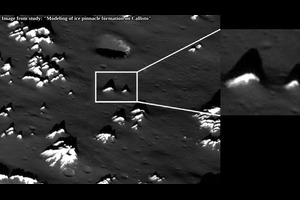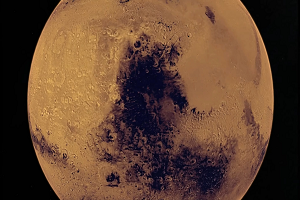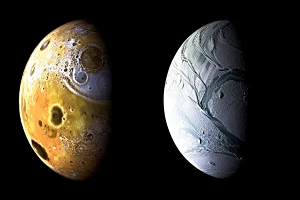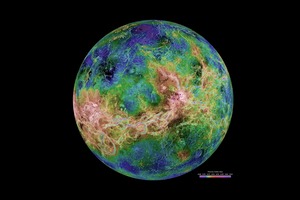When looking at Venus from space in visible wavelengths, all that can be seen is a relatively uniform and seemingly featureless atmosphere. Above image was

Above image was captured by NASA’s Galileo spacecraft in May of 2001 during the final flyby of Jupiter’s second largest moon Callisto. This final flyby

Following are the five most insane cosmic events that are going to occur over the next 100 years. Most interestingly, the last one is going

Above dark spot is the darkest large spot of Mars. This dark spot covers about 5 million kilometer square, which is around half the surface

Ceres and Io are two radically different objects. Ceres is a cold and icy dwarf planet, it is mostly geologically dead so its surface is

